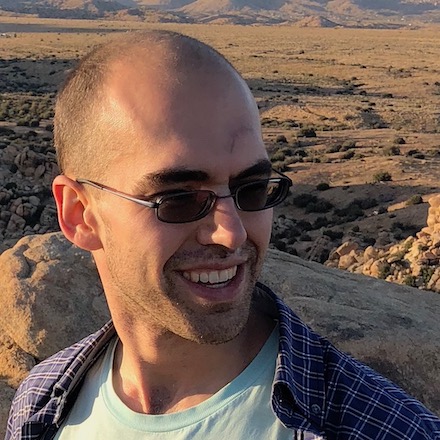
Alex Kuhn has worked at the intersection of learning and technology for nearly two decades, serving in roles including product and engineering leader, professor, researcher, software engineer, curriculum designer, and consultant.
Alex is currently the Principal Learning Architect at Minerva Project, where he plays a leading role across all stages of product development to ensure Minerva’s learning platform supports effective teaching practices and learning outcomes. His work includes defining product and technical requirements, conducting user and product research, collaborating with executive leadership, design, and academic teams, and managing an engineering team. He also works directly with educational partners, providing technical expertise and strategic guidance to support successful implementation and adoption of the platform.
Previously, he worked at Apple developing Swift Playgrounds and creating educational curriculum to teach coding. He also served as a Computer Science professor at the State University of New York’s Korea campus (SUNY Korea), and founded a software development company focused on both consulting and building commercial mobile applications.
He completed a PhD in Computer Science at the University of Michigan. There he was the lead developer and researcher on the Zydeco Project, which investigated how to use mobile technology to support students in collecting and sharing multimedia data for constructing evidence-based scientific explanations.
Alex has given talks, taught classes, and led workshops for both academic and professional audiences, ranging from presenting at Apple’s Worldwide Developer Conference to speaking on The Power of Persuasive Design at WebCamp Zagreb.
For consulting and speaking opportunities, Alex can be reached at info@alexckuhn.com.
